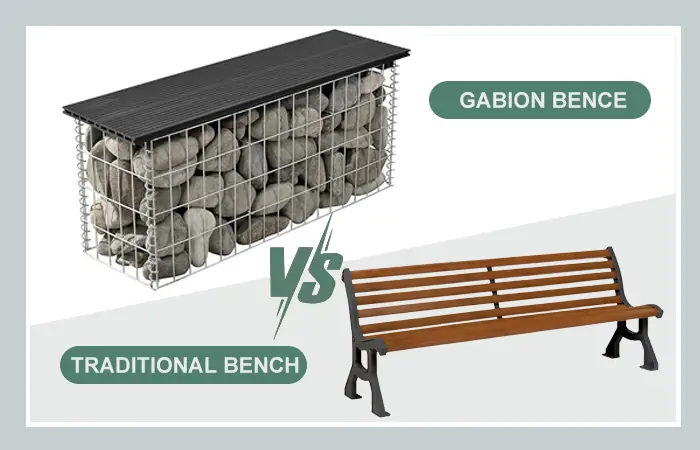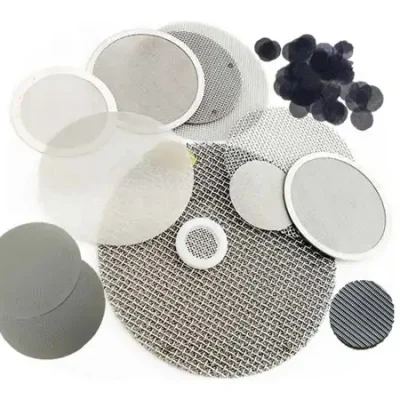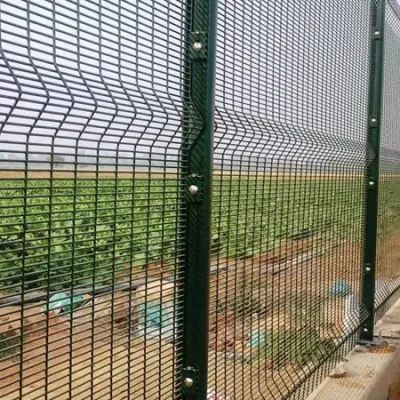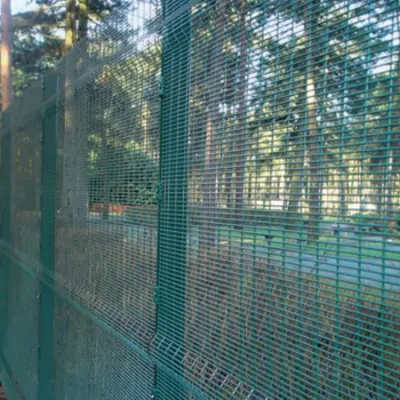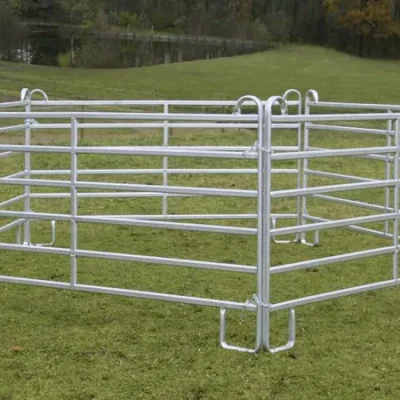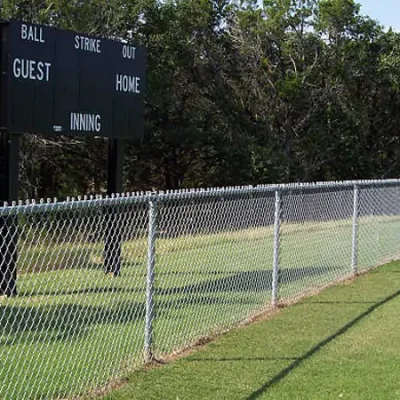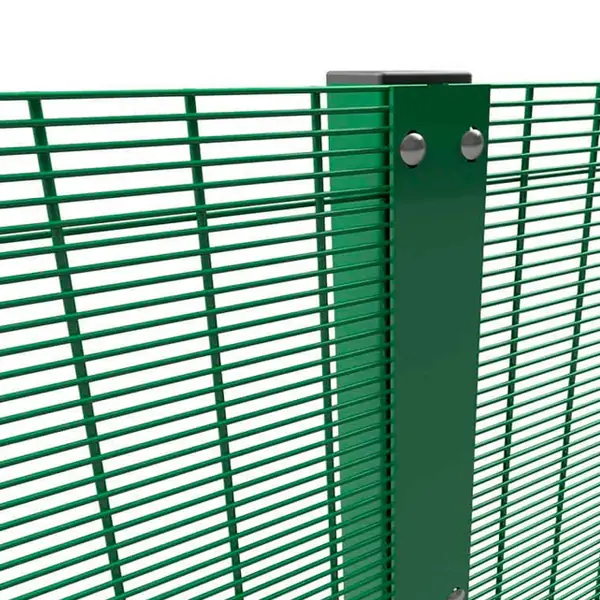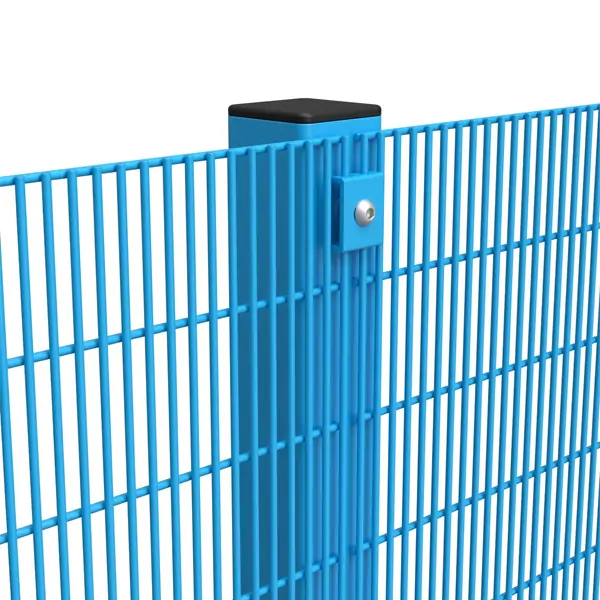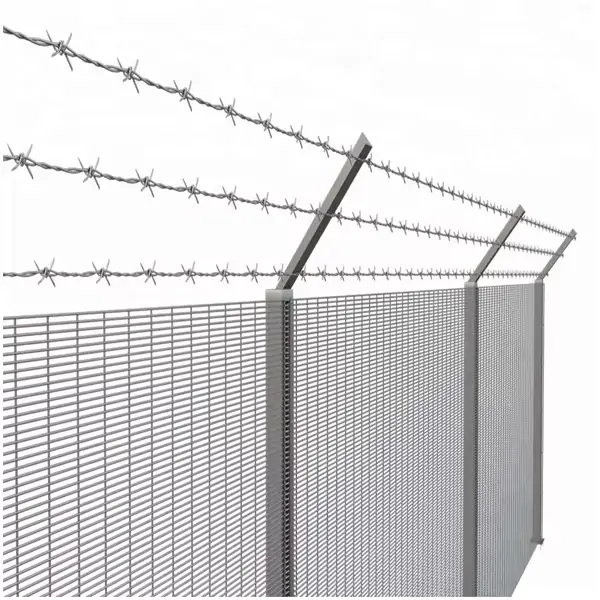Outdoor furniture has seen significant evolution, offering options that balance form, function, and style. Among these options, the gabion bench stands out as a unique alternative to the classic traditional bench, bringing rustic charm and resilience. This guide delves into the key differences between gabion and traditional benches, covering their aesthetics, materials, durability, environmental impact, maintenance needs, costs, and applications. By the end, you’ll have a clear understanding of which type is best suited to your needs.
Table of Contents
Toggle1. Overview of Gabion Benches and Traditional Benches
Gabion Benches:
Gabion benches consist of stone-filled metal cages topped with a seating surface, typically wood or metal. Originally used in civil engineering to reinforce slopes and prevent erosion, gabions have become popular in landscaping for their stability, unique aesthetic, and use of natural materials. Gabion benches are often seen in gardens, parks, and outdoor spaces where a sturdy, eco-friendly option is desired.
Traditional Benches:
Traditional benches come in a variety of forms, materials, and styles. They might be made from wood, metal, or concrete, each offering distinct aesthetics and levels of durability. From classic wooden park benches to sleek metal designs, traditional benches offer a timeless look that can suit any environment. Their versatility makes them a common choice for parks, patios, public spaces, and even indoor areas.
Comparison Basis:
To understand the differences between gabion and traditional benches, we’ll explore the following aspects:
- Aesthetic and design differences
- Material composition and durability
- Environmental impact
- Maintenance requirements
- Cost comparison
- Applications and suitability
2. Aesthetic and Design Differences
Gabion Benches:
Gabion benches provide a rustic, industrial look with their exposed metal and stone components. The cage-like structure filled with natural stones gives them a raw, nature-inspired appearance that blends well in outdoor landscapes. They can be customized by using different types of stones or alternative fillers like glass or wood chips, making each gabion bench unique.
Traditional Benches:
Traditional benches offer a wide range of design options, from classic wooden styles to modern metal and concrete forms. Wood provides a warm, natural look, while metal offers a contemporary edge. Traditional benches can be minimalistic or ornate, fitting into various settings and enhancing different aesthetics. This versatility makes them suitable for almost any environment, including public parks, gardens, and urban areas.
Pros and Cons:
- Gabion Benches: Unique and rugged look; ideal for rustic or natural landscapes but may look out of place in highly urbanized settings.
- Traditional Benches: Available in many styles, making them adaptable to different environments; however, they may lack the distinctiveness of gabion benches.
3. Material Composition and Durability
Gabion Benches:
Gabion benches are typically made from heavy-duty materials, such as galvanized steel mesh for the cage and locally sourced stones for the fill. This combination creates a highly durable structure that withstands harsh weather, extreme temperatures, and physical wear. Stones add weight and stability, preventing the bench from shifting over time, even in windy conditions.
Traditional Benches:
Traditional benches vary widely in materials. Wood, for example, offers a natural look but can be prone to rot or pests if not properly treated. Metal benches, while durable, may be vulnerable to rust, especially in wet climates. Concrete benches are robust but can be heavy and hard to move. The durability of traditional benches largely depends on the type and quality of the materials used.
Pros and Cons:
- Gabion Benches: Extremely durable and weather-resistant, making them ideal for outdoor use. The weight and materials ensure long-term stability.
- Traditional Benches: Durability varies; high-quality materials can extend longevity, but cheaper options may wear down faster and require maintenance.
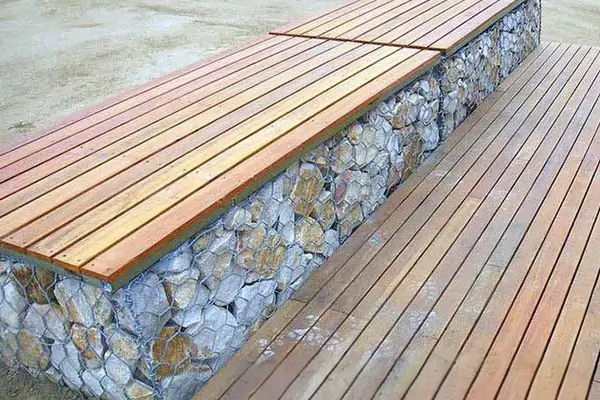
4. Environmental Impact
Gabion Benches:
Gabion benches are often eco-friendly, as they use natural and locally sourced materials. Stones, for instance, are abundant and have a minimal environmental footprint when compared to processed materials. Gabion structures are also sustainable, with the potential for using recycled materials in the mesh or stones. Their durability reduces the need for frequent replacements, lowering their overall environmental impact.
Traditional Benches:
The environmental impact of traditional benches depends on the material. Wooden benches can be sustainable if made from responsibly sourced wood, but if not, they contribute to deforestation. Metal and plastic benches often require energy-intensive manufacturing, and if they are not recyclable, they can contribute to landfill waste. Concrete benches have a significant carbon footprint due to cement production but are long-lasting, reducing replacement needs.
Pros and Cons:
- Gabion Benches: Often more eco-friendly due to natural materials and potential for recycled stone or metal.
- Traditional Benches: Environmental impact varies greatly by material and manufacturing processes.
5. Maintenance Requirements
Gabion Benches:
One of the appealing aspects of gabion benches is their low maintenance. The metal mesh is rust-resistant, especially if galvanized, and the stones require little to no upkeep. Over time, some debris might accumulate between the stones, which can be cleaned off easily.
Traditional Benches:
Maintenance needs for traditional benches depend on the material. Wooden benches require regular sealing, staining, or painting to prevent rot. Metal benches might need rust protection, and concrete benches may need occasional cleaning to prevent discoloration. If not maintained, traditional benches can deteriorate quicker than gabion benches.
Pros and Cons:
- Gabion Benches: Minimal maintenance, with high resistance to weathering.
- Traditional Benches: Maintenance requirements vary; wood and metal may need regular care to maintain appearance and durability.
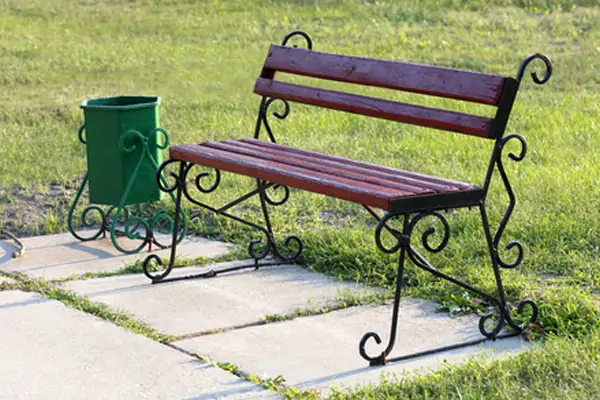
6. Cost Comparison
Gabion Benches:
Gabion benches typically have a higher initial cost due to the materials and labor involved in assembling the gabion cage. The need for heavy stones and sturdy mesh can make them more expensive than some traditional options. However, their long lifespan and minimal maintenance provide value over time.
Traditional Benches:
Traditional benches can be budget-friendly or expensive, depending on the material. Plastic and low-grade metal benches are often cheaper, while high-quality wood or wrought iron can be costly. Additionally, traditional benches may incur maintenance expenses over time.
Pros and Cons:
- Gabion Benches: Higher upfront cost but lower maintenance expenses.
- Traditional Benches: Wide price range; can be affordable initially but may require upkeep.
7. Applications and Suitability
Gabion Benches:
Gabion benches are well-suited to outdoor areas with a natural or rustic aesthetic, such as gardens, parks, or even commercial landscapes. Their stability and durability make them ideal for settings where they’ll be exposed to the elements year-round.
Traditional Benches:
Traditional benches offer versatility in application, from parks and public areas to private patios and even indoor spaces. Their design options allow them to fit in nearly any setting, making them a flexible choice.
Pros and Cons:
- Gabion Benches: Best for natural or outdoor environments where durability is key.
- Traditional Benches: Suitable for a variety of settings; adaptable to both indoor and outdoor use.
8. Which Bench Type Is Right for You?
Consider these factors to determine which bench type suits your needs:
- Environment: Gabion benches for rugged, outdoor settings; traditional benches for versatile applications.
- Budget: Traditional benches may be more cost-effective initially.
- Aesthetic Preference: Gabion benches for a rustic look; traditional benches for varied styles.
A quick checklist:
- Do you need high durability with minimal upkeep? Choose gabion.
- Do you prefer versatile design options? Choose traditional.
- Are environmental concerns important to you? Gabion benches may be better.
Frequently Asked Questions
- What are gabion benches made of?
Gabion benches are typically constructed with metal cages filled with stones and a seating surface made of wood or metal. - Are gabion benches more durable than traditional benches?
Generally, yes. Gabion benches are built to withstand harsh conditions and require less maintenance. - Can I install a gabion bench myself?
While possible, it can be challenging due to the weight of the materials, so professional installation is recommended.
Conclusion
Choosing between a gabion bench and a traditional bench depends on your specific needs, aesthetic preferences, and maintenance expectations. Gabion benches offer a rugged, eco-friendly option with high durability, while traditional benches provide a broader range of styles and applications. By understanding these differences, you can make an informed decision that best suits your outdoor or indoor space.

